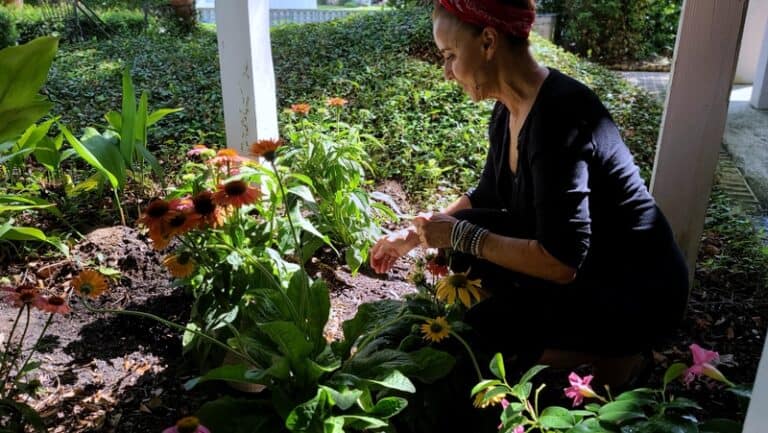How To Pack Your Kitchen Tools for Long-Term Storage

This post may contain affiliate links. For more information, please see our disclosure policy.
Packing can save your kitchenware when you need to store it for an extended period. The right approach will keep your tools in perfect condition and ready for use when you need them again. Learn how to pack your kitchen tools for long-term storage in order to protect them from damage.
Sort and Declutter
Begin by sorting through your kitchen tools. If you are tight on storage space, avoid storing items that might not serve you in the future. Discard broken or worn-out items, and donate or sell tools you no longer use.
Clean Everything Thoroughly
Before packing, clean every kitchen tool thoroughly. Use warm, soapy water to wash utensils, pots, and pans. For items like blenders or food processors, disassemble the parts and wash each component separately. Dry everything completely to prevent mold growth or rust development during storage.
Gather the Right Packing Materials
Invest in quality packing materials to protect your cookware. Use bubble wrap for fragile items such as glassware or ceramic dishes. Also, pick sturdy boxes that can handle the weight of heavy pots and pans. Sealable plastic bags work great for small items such as utensils and gadgets.
Pack Similar Items Together
Group similar items together to make unpacking easy. Wrap each item in packing paper or bubble wrap before placing it in the box. For example, pack all your knives together, ensuring each blade gets a protective covering. Place heavy items at the bottom of the box and lighter ones on top.
Label Everything Clearly
Label each box clearly with its contents. Write a brief description on the outside, like “Baking Tools” or “Cutlery.” Add a “Fragile” label to boxes with delicate items. Consider numbering the boxes and keeping a detailed inventory list to make locating items easy later on.
Use Specialty Boxes for Fragile Items
It’s best to use specialty boxes for glassware, dishes, and fragile or valuable kitchen tools. Some packing boxes have dividers to keep items from shifting during transit. Wrap each item carefully before placing it in the box, and fill empty spaces with packing paper or foam peanuts to avoid movement.
Seal and Store Boxes Properly
Before packing, decide if staples or glue are best for your boxes. Afterward, seal each box to avoid cracks or openings. Store the boxes in a cool, dry place to prevent exposure to humidity or temperature fluctuations. If possible, keep them off the ground on pallets or shelves to avoid water damage in case of flooding.
Take Extra Care With Appliances
For large kitchen appliances, remove detachable parts and pack them separately. Wrap cords around the appliance, and secure them with twist ties. If storing appliances in a box, use plenty of padding to prevent damage. Also, avoid stacking heavy items on top of boxed appliances.
Inspect Storage Conditions Regularly
Check on your stored kitchen tools periodically. Look for signs of moisture, pests, or other potential issues. Address any problems immediately to ensure your items remain in good condition.
Knowing how to pack your kitchen tools for long-term storage saves you from unpleasant rusting and deterioration in the future. Keep this guide in mind before packing up your precious cookware and kitchen tools!






